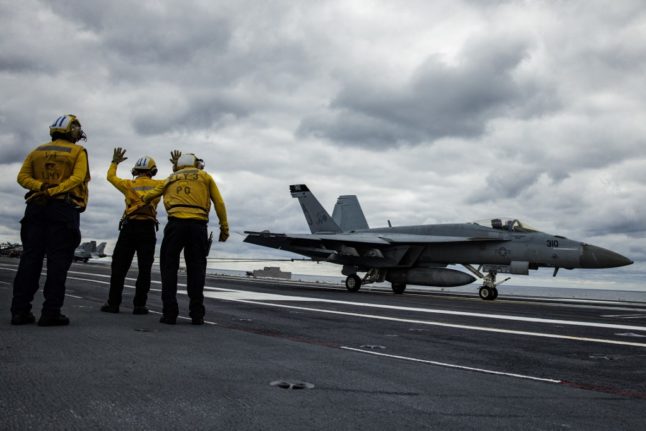The 337-metre (1,106-foot) USS General R. Ford is scheduled to dock in the Norwegian capital this week.
“There are no issues in the North that require a military solution, nor issues that require outside intervention,” Russian embassy spokesman Timur Chekanov told AFP by email.
“Considering that Oslo admits that Russia poses no direct military threat to Norway, such shows of force seem illogical and harmful,” he added.
The first-in-class aircraft carrier is a nuclear-powered ship with a displacement of more than 100,000 tonnes.
The US Navy announced in early May that the ship had departed Norfolk on its “first combat deployment”, following a shorter two-month deployment in the autumn of 2022.
“The fact that a new aircraft carrier is now making its first visit to Norwegian waters is very positive for our cooperation with the Americans,”
Norwegian Defence Minister Bjorn Arild Gram told news agency NTB while on a visit to the massive warship.
Relations between NATO member Norway and Russia — with which the Scandinavian country shares a border in the Far North — have deteriorated
sharply in the wake of the invasion of Ukraine.



 Please whitelist us to continue reading.
Please whitelist us to continue reading.
Member comments